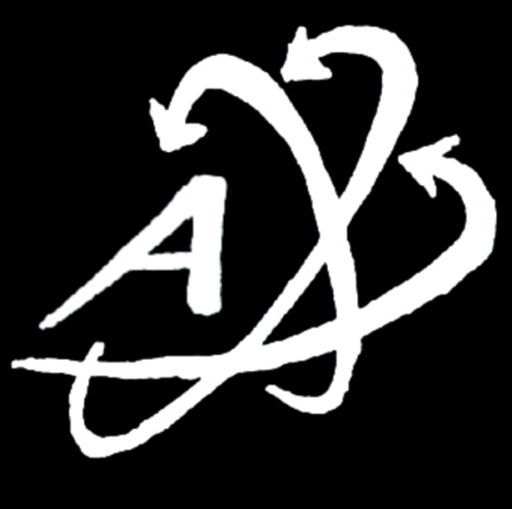Description
The Terror and The Time
Notes on Repressive Violence in Guyana
The Terror is British colonialism and cold war imperialism.
The Time is 1953.
Part One of The Terror and the Time is the story of the Guyanese people’s fight for independence and self-determination. The film-makers found it necessary to investigate the historical background of neo-colonial conditions in Guyana. Understanding the complexity and duration of colonialist domination is a crucial step towards understanding the present situation. The heavy-handed repressions — military invasion, years under a state of emergency — has long been present and will finally be opened up for the scrutiny of the rest of the world.
But this film also documents the more insidious forms of everyday economic and cultural repression used throughout colonialism’s long history — the impoverishment of the working people, feudal labor conditions and social relationships, and the government’s stranglehold on the press and the media.
The ‘script’ of the film centers around nine poems from Martin Carter’s Poems of Resistance, written in Guyana in 1953. The poems are divided into three sections separated by historical periods and by interviews. The film attempts to relate the poetry to cultural production. As a cultural product, the poetry is a vigorous part of the fight for independence, providing “wider perspectives of reality” enriching the struggle with “ideological nourishment.”
The images in the film forma composite of scenes of present day Guyana, still photos, newspaper headlines and newsreel footage of other, contemporaneous struggles.
The Terror and the Time is a Guyanese film made with the co-operation and participation of many Guyanese and Caribbean organizations and individuals. The film was directed by Rupert Roopnaraine, technical direction and assistance was provided by Ray Kril, Susumu Tokunow, Lewanne Jones and Gloria Lowe. The victor Jara Collective is composed of Guyanese, Caribbean and North American film-makers involved in the production of political documentaries.
The film collective is named for Victor Jara, a Chilean poet, singer and revolutionary artist. As a vocal critic of the repression instituted in Chile after the fall of the Allende government, Victor Jara was among the first of the revolutionary artists to be brutally murdered. Victor Jara’s resistance against repression represents the struggle that colonized people are engaged in all over the world. The core of interests around which the film-makers center their work has to do with the complex nature of colonialist domination and its effects on the social, economic and cultural development of the colonized country — in this case, Guyana.
[The Victor Jara Collective shot film and conducted interviews in 1976–77 to complete the intended trilogy, but because of financial difficulties and lack of access to film production facilities in Guyana, the remaining sections of the film were never completed. One of the principle interviewees, renowned Guyanese historian of Africa and the Caribbean, Walter Rodney, was assassinated in 1980. Lewanne Jones produced for Autonomedia a half-hour documentary based on the interview the Victor Jara Collective had filmed with Rodney, and with footage from demonstrations at Rodney’s funeral and footage which had been shot for the planned second and third parts of The Terror and The Time. That documentary, also available from Autonomedia, is called In the Sky’s Wild Noise.]


Reviews
There are no reviews yet.